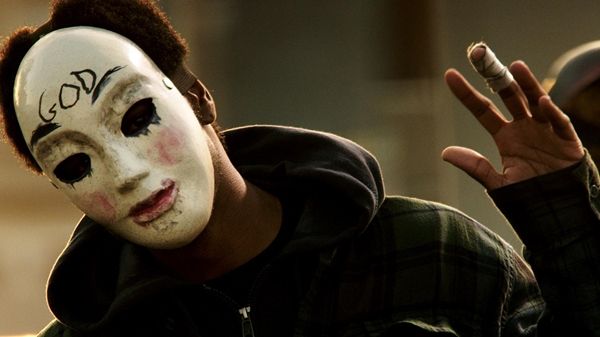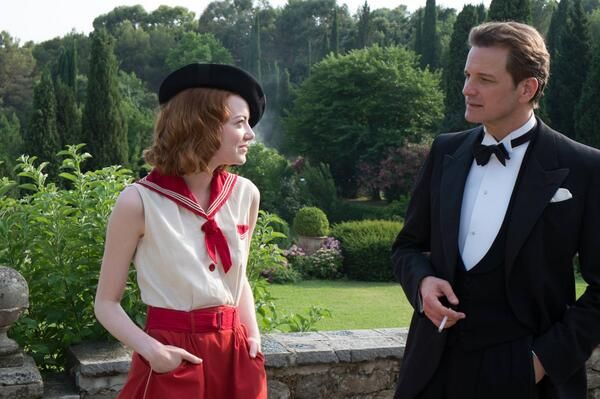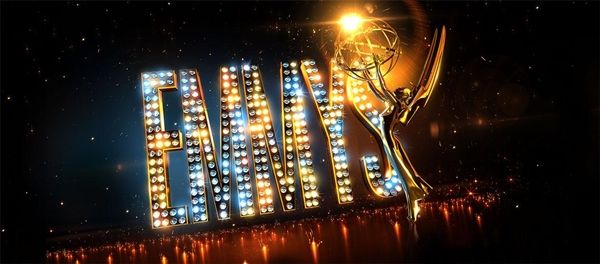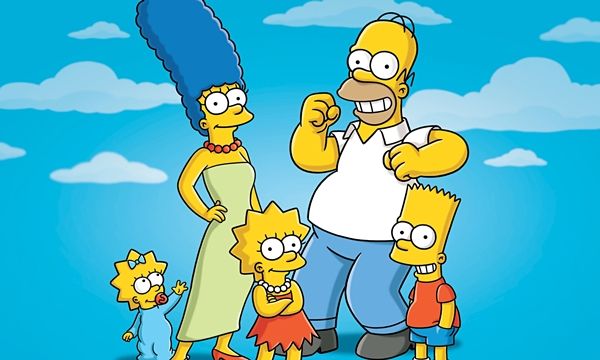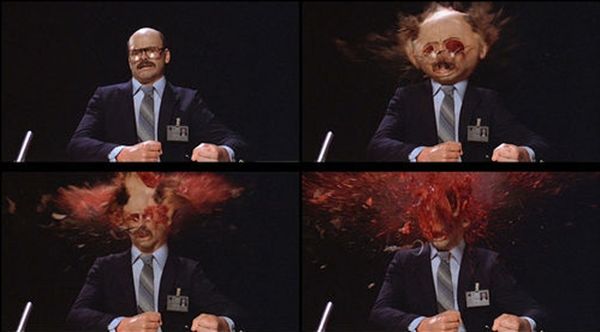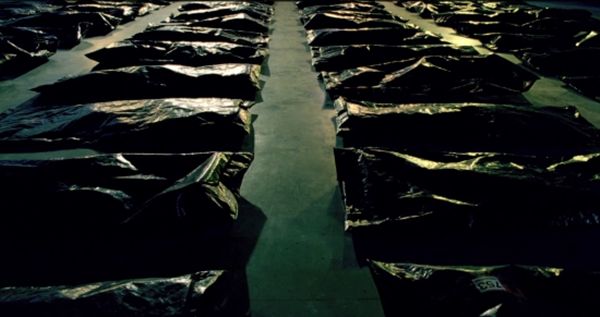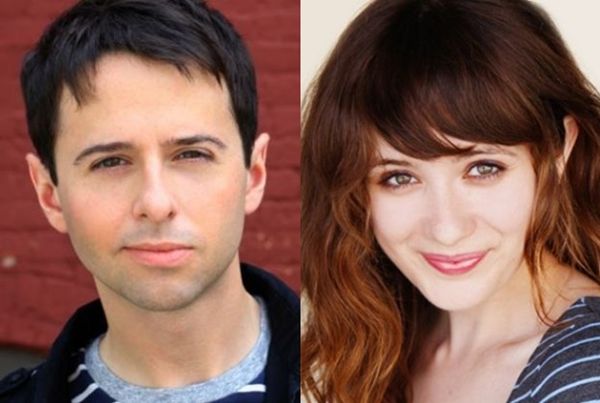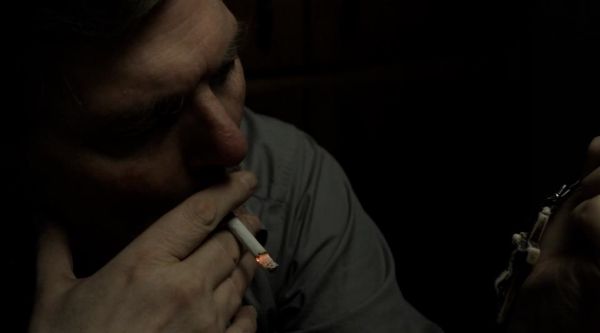2014 hasn’t really been the best summer for mainstream music. Let’s face it, most radio stations are still stuffing the airways with “Royals” and “Get Lucky” (or, if you’re NPR, St. Vincent, which is perfectly fine by us). But while bleach blonde Iggy Azalea tries to claim she’s “the realest” whilst co-opting other cultures, some hits are to be had and history has been made. So tune out the pop playlists and plug in to headphones.

Album: Mandatory Fun by “Weird Al” Yankovic
Yes, admittedly, it seems odd to highlight a parody artist as the Album of the Week here at Man of the Hour. Yet, there are far too many people who want to rope of styles or genres as what a “real man” should or shouldn’t listen to, forgetting the key to what makes a “real man”: a real man is a man of refined taste, yes, but the taste is still his own. He is one who seeks our what is significant, and who enjoys that which is good, regardless of the stigma. Mandatory Fun made history in its debut week by being the first comedy album in over 50 years to reach the top of the Billboard charts (the previous chart-topper was another parody album, Allan Sherman’s My Son, The Nut), so it’s clearly got the “important” element going for it. Now the question remains, is it good?
Mandatory Fun, Yankovic’s final album under his record contract and possibly his final album altogether, uses its title and artwork to skewer the current hot-button issues of North Korea and Russia’s oppressive regimes, continuing a trend of topical album titles (1992’s Off The Deep End tackled the grunge era in replicating the infamous Nevermind album cover, while 2003’s Poodle Hat reflected the early 2000’s trend of animal headgear). Admittedly, certain tracks on Fun don’t feel quite as timely, with a riff on Imagine Dragons falling flat mostly due to the song’s popularity having waned long ago. Hell, some tracks on “Now That’s What I Call Polka” (Yankovic’s traditional polka medley of popular songs) date back 4 years. But despite a few stumbles, “Weird Al” has put together a generally solid album which, combined with a genius marketing strategy, has given him the biggest success of his career.
The album opens with “Handy”, a home-repair themed riff on hip-hop plague Iggy Azalea’s hit “Fancy”, which in pairing with the grammar based lyrics of “Word Crimes” (originally “Blurred Lines” affords the listener the unique opportunity to enjoy terrific musical compositions no longer marred by lyrics that were either predatory or painfully tacky. Tackiness itself is even tackled on the album with a parody of the inescapable “Happy” by Pharrell Williams (who has a total of three compositional credits on Mandatory Fun), as is a conspiratorial riff on “Royals” which makes much better us of the lyrics about “cracking the code”.
affords the listener the unique opportunity to enjoy terrific musical compositions no longer marred by lyrics that were either predatory or painfully tacky. Tackiness itself is even tackled on the album with a parody of the inescapable “Happy” by Pharrell Williams (who has a total of three compositional credits on Mandatory Fun), as is a conspiratorial riff on “Royals” which makes much better us of the lyrics about “cracking the code”.
Amongst the parodies are some original compositions in pastiche tributes to other artists whose humor varies from the brilliant nerd-forced-to-watch-football anthem “Sports Song” to the “Alright, I see what you wanted to do there, but it didn’t really land” Cat Stevens homage “Jackson Park Express”. Other tributes include a Crosby, Stills & Nash-style ode to the buzz word, a Pixies spoof called “First World Problems”, a fun shout out to the obscure Southern Culture on the Skids with “Lame Claim to Fame”, and an admittedly forgettable and bland riff on The Foo Fighters whose faults only exists because the Foo Fighters themselves are precisely that bland and forgettable (sure, they’re the best rock band today, but that’s like being the best quarterback at a performing arts school: it’s not hard, and it doesn’t mean much).
Overall, Mandatory Fun is sonically entertaining and humorous enough to warrant Al’s chart-topping success, and will get you through more than a few car trips during this radio dry spell, so pick up a copy and maybe keep Jason Mraz out of the top spot for another week.
Single: "Heavenly Father" by Bon Iver
Zach Braff is back with another film, ten years after the game-changing Garden State redefined indie films (admittedly, redefined them as feature length ads for compilation albums, but hey, Garden State itself still holds up), and that means another stellar soundtrack. The most memorable of all the songs that went intoWish I Was Here comes from a contemporary musician who truly deserves the title of “artist”, Bon Iver. Indie without the pretention, electronic without the pounding beat, “Heavenly Father” is hard to categorize but easy to get lost in. Admittedly, Bon Iver’s signature lilting falsetto doesn’t get much air-time on the track, which robs it of some of the emotional power possessed by his other material (his Bonnie Raitt cover remains the definitive take on the track), but this mellow, introspective vibe sells the story that Braff Kickstarted to life.
Music Videos:
Electronica: “Do It Again” by Royksopp & Robyn
Admittedly, after a few viewings, we’re still not sure what the story is in the new Royskopp & Robyn video, but with its striking visuals and gorgeous monochrome cinematography, we don’t mind giving it a few more viewings to find out.
Hip-Hop: “Shell Shocked” by Juicy J, Wiz Khalifa, Ty Dolla $ign ft. Kill The Noice, Madsonik
Ok, normally here at Headphones like to find the finer things the music video world has to offer, highlighting only the best music videos out there. But sometimes, there’s the rare occasion that something isn’t meant to be enjoyed, but simply meant to be seen. To be witnessed. When something comes along that may easily be the worst thing to happen to hip-hop since, well, Vanilla Ice’s “Ninja Rap”, its something that has to be covered. Honestly, if the lyric “All this green in my pocket, you can call it turtle power” doesn’t prove to be the dumbest thing associated with this film, then one can only assume the entire endeavor is a performance art PSA about the dangers of over-indulging nostalgia.
Pop: “The Golden Age” by Woodkid ft. Max Richter
In truth, we didn’t quite know where to put this, and pop simply seemed the best option, but when something so epic and remarkable hits the internet, it simply has to be remarked upon. Stunning and ambitious, the images within this 10 minute music video are hauntingly beautiful, and resonate well after the track fades away. If there’s one must view video this week, or even this month, this is it.
R&B: “Come Get It Bae” by Pharrell Williams
You’re not alone if it took watching this video to find out Miley Cyrus was one of the “Hey”s in Pharrell Williams’ infectiously catchy new single. The video, which features attractive women dancing, shaking and lip-synching to the track, is simplistic but serves the song well (and kinda makes up for the fact that “Happy” is now forever burned into our brains).
Rock: “Royal Blue” by The American Scene
With their new album Haze dropping in a little over a month, The American Scene released a video for “Royal Blue” which harkens back to the classic low-budget videos of the 90’s, reminding us of a time where indie rock still, well, rocked.
